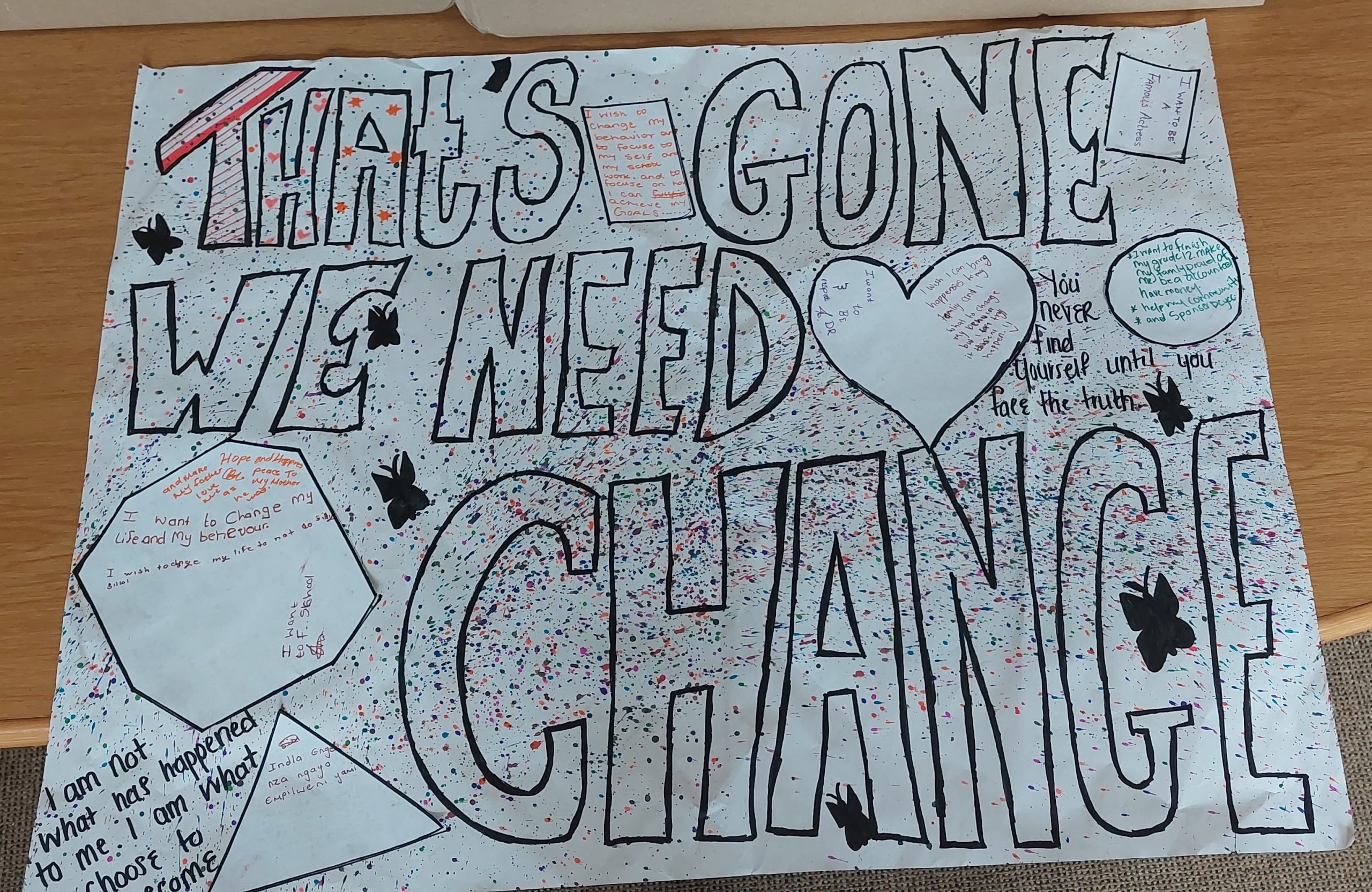How many New Year’s resolutions did you make this year? How many have you actively focussed on over the past two months? I think it’s safe to say that many of us have great intentions however fall short with the follow through. I have often pondered on this after a session with a young person which has focussed on the need for change in some area of their behaviour and have always been compassionate when the identified and often deeply desired change does not happen within the discussed time frame.
Definitions of change talk to ‘an act or process through which something becomes different’. ‘A transitioning of something to another state or condition’. I like to use the analogy of the metamorphosis, (a Greek word that means to change in shape), of a butterfly to encourage young people not to give up after one or a few attempts to change a certain aspect of their behaviour.
In our work with children and youth we believe in the power of the Strengths-based approach which focusses on existing strengths and not their weaknesses. It is this approach that creates an environment that encourages and enables young people to keep trying.
Wayne Hammond and Rob Zimmerman set out the principles of the Strengths-based approach in the following manner; that all people have strengths and capacities, that people can change, that given the right conditions and resources, a person’s capacity to learn and grow can be nurtured and realized, that people change and grow through their strengths and capacities, that people are experts of their own situation, that the problem is the problem, not the person, that problems can blind people from noticing and appreciating their strengths and capacity to find their own meaningful solutions, that all people want good things for themselves and have good intentions, that people are doing the best they can in light of their experiences and that the ability to change is within us!
One of our teenage girls proved this to be true when she courageously facilitated a session on ‘’change’’ with her peers. She has found the secret – change comes from within, when we determine that areas of our behaviour need to change, then begin to believe that we can, and then decide to take the first step and then the next and the next – and suddenly when we look at ourselves, we see it; a beautiful butterfly!
https://www.esd.ca/Programs/Resiliency/Documents/RSL_STRENGTH_BASED_PERSPECTIVE.pdf

